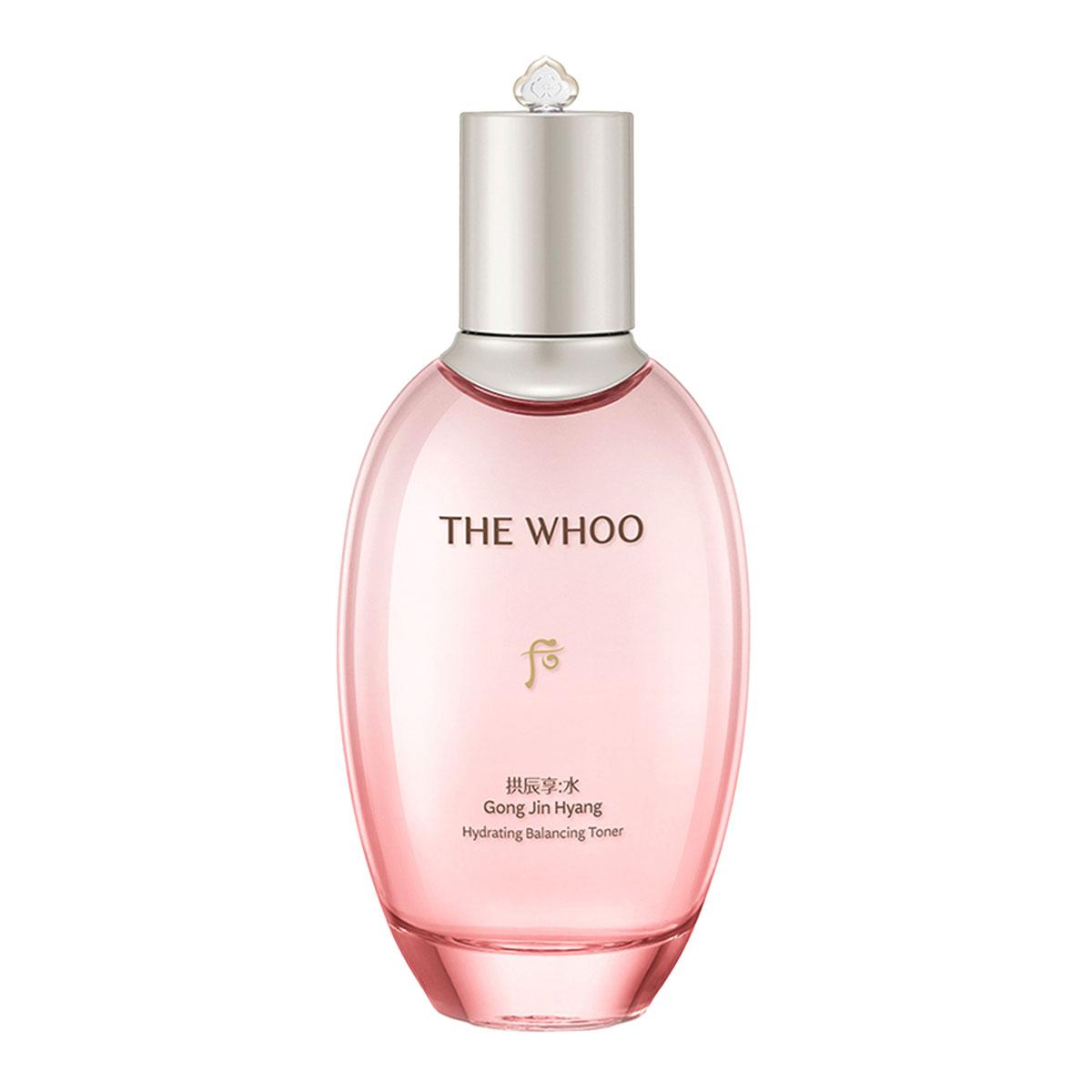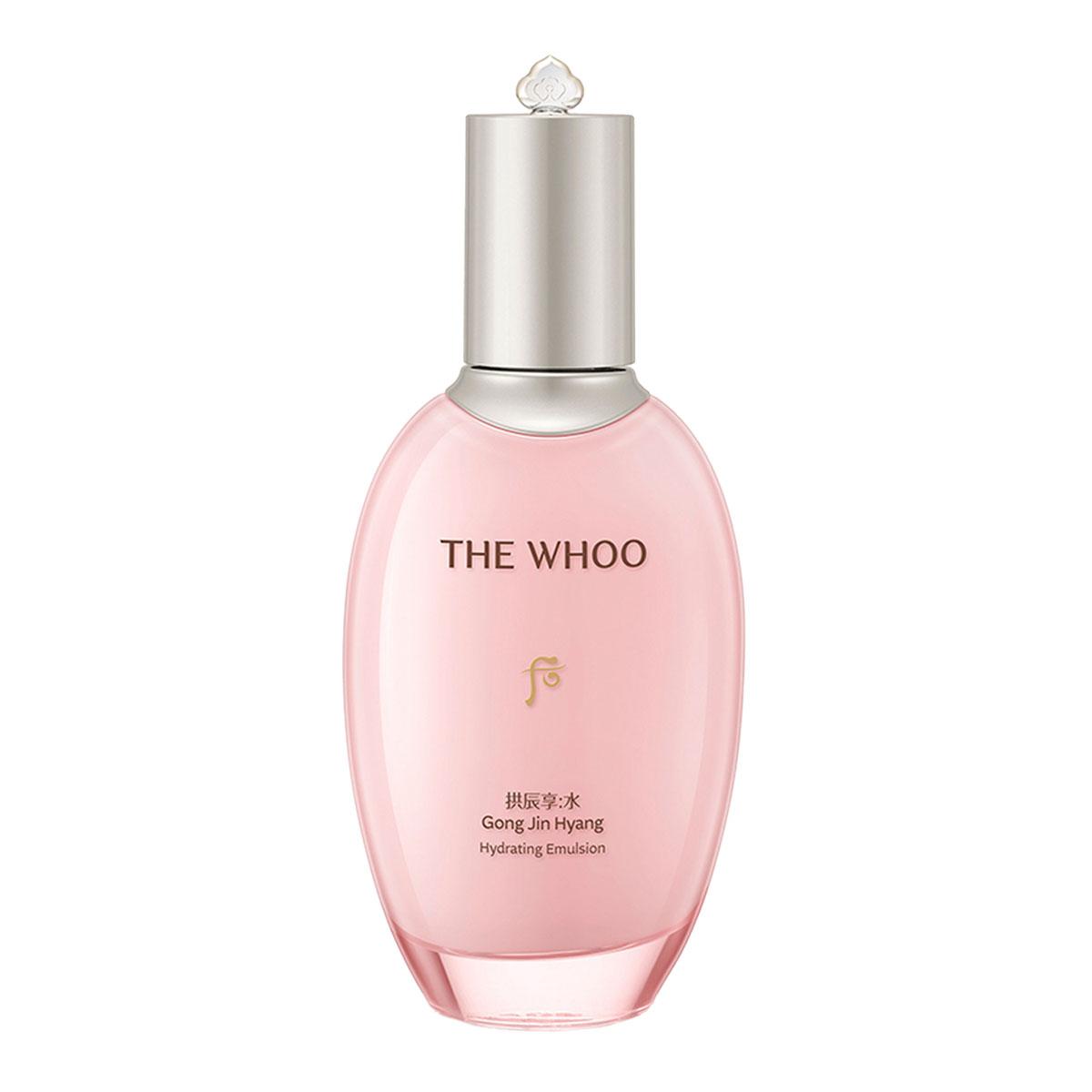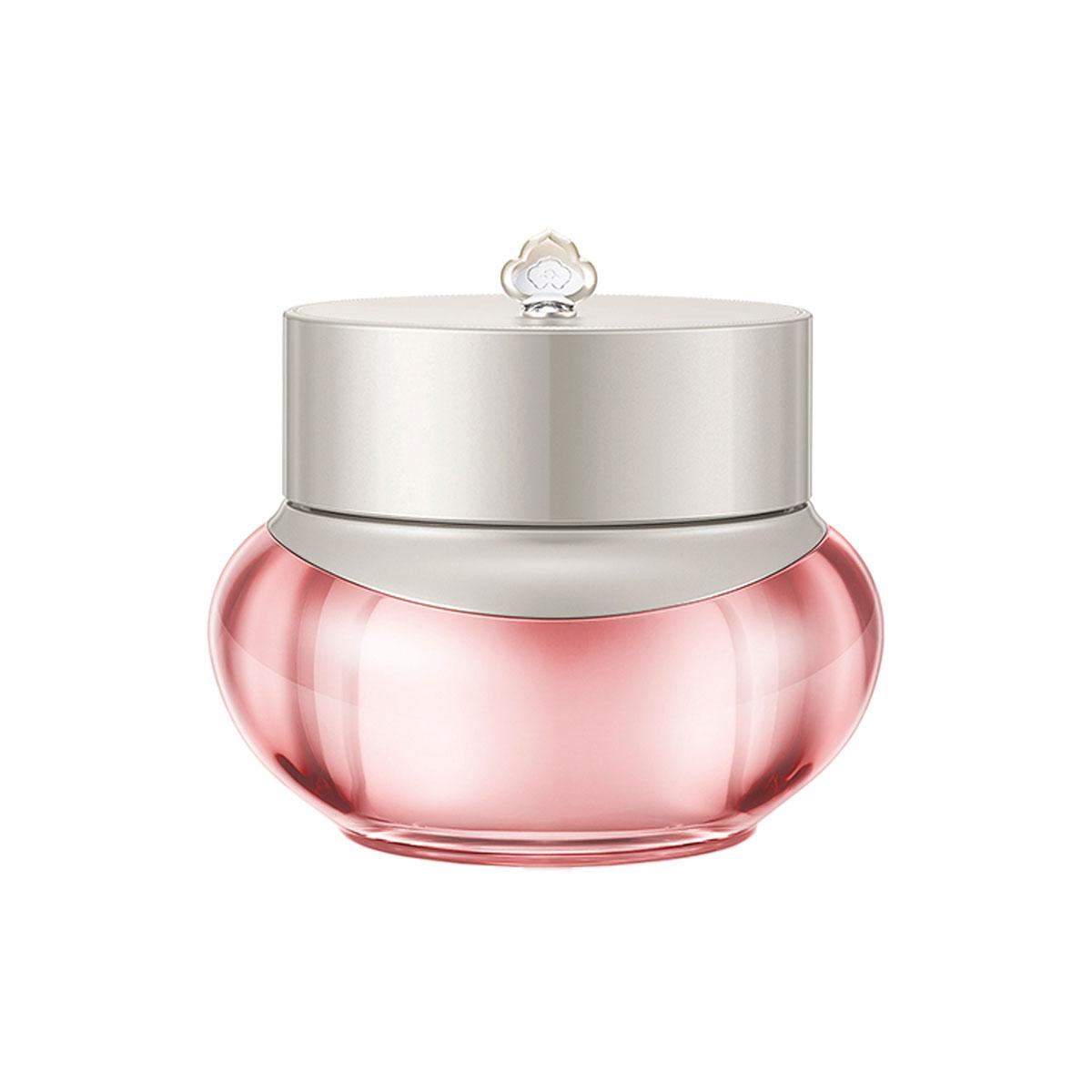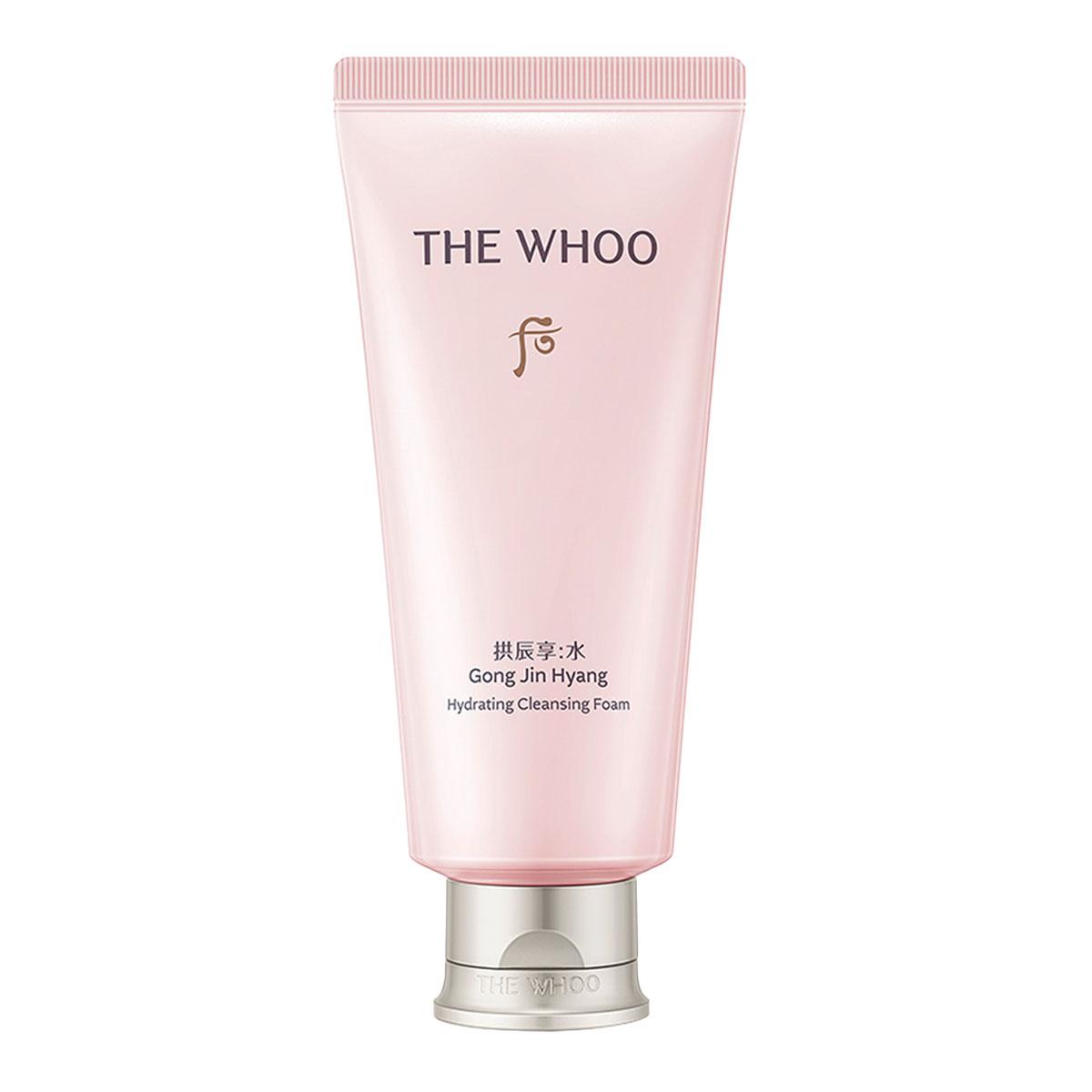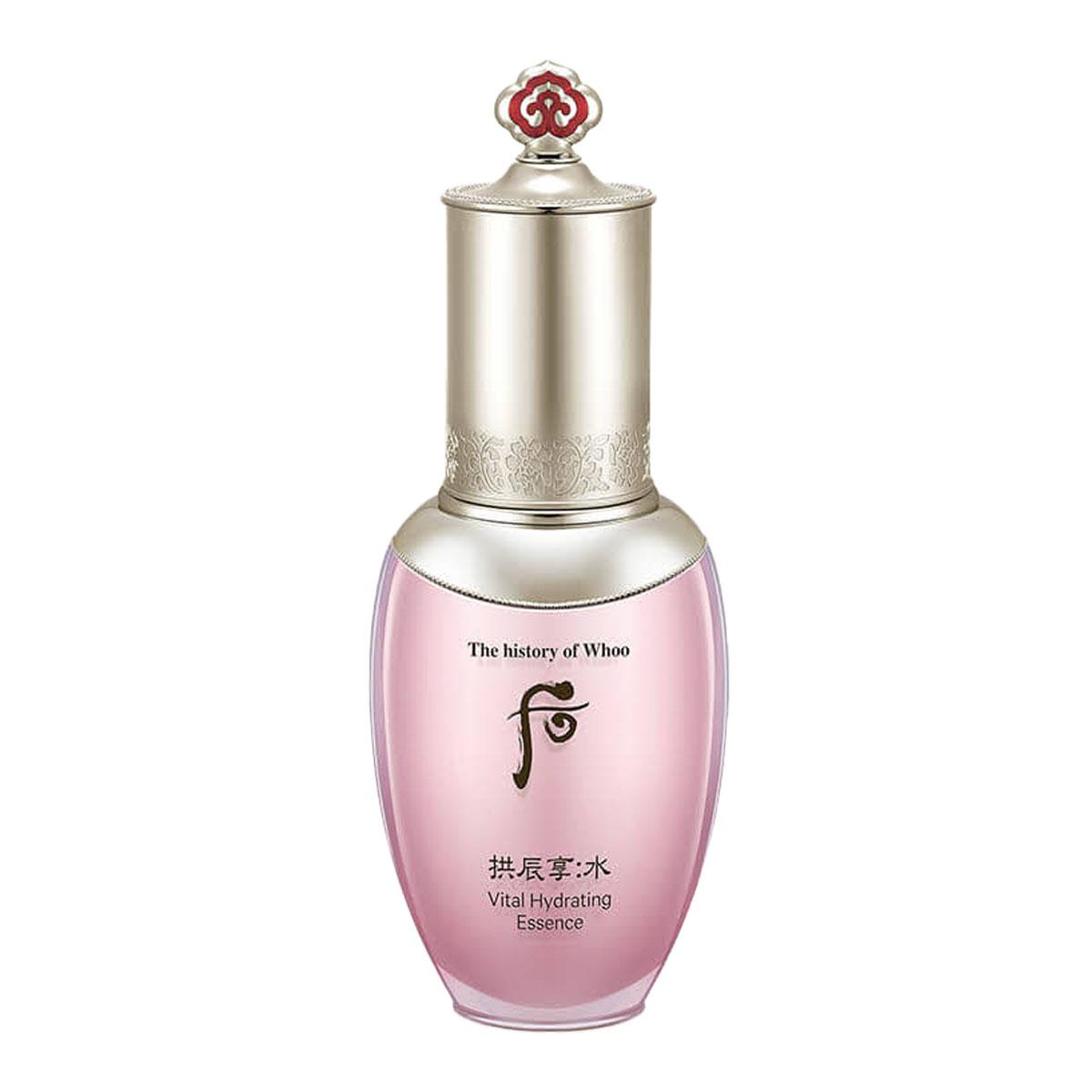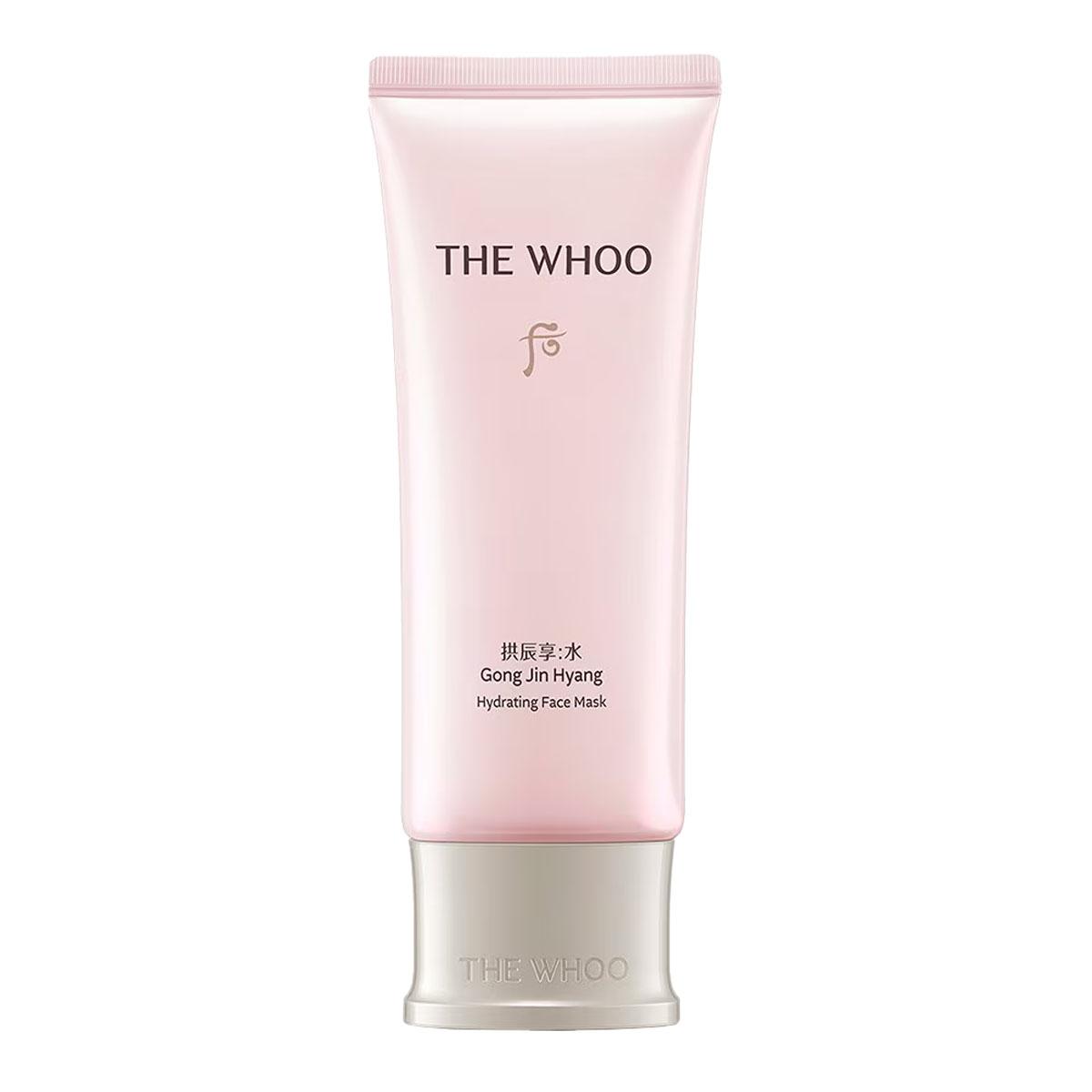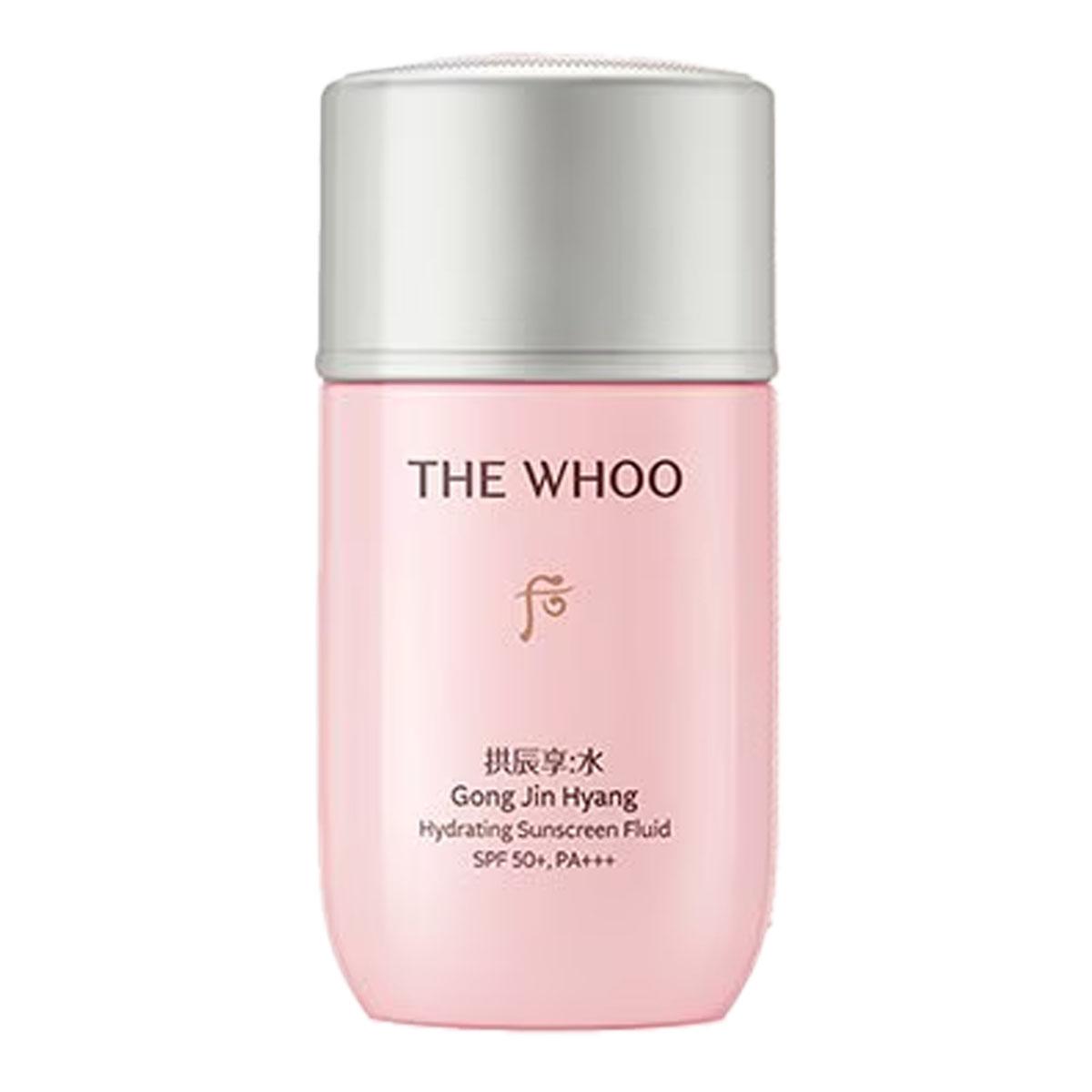The History of Whoo
Gong Jin Hyang Hydrating line
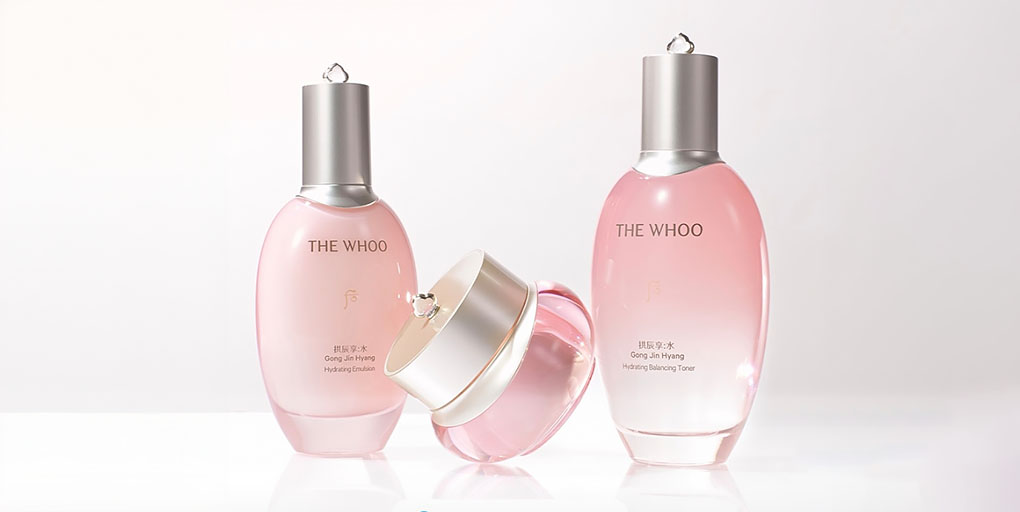
The History of Whoo’s “Gong Jin Hyang Hydrating” (공진향:수), formerly known as “Gongjinhyang Soo”, is a skincare line designed to replenish skin’s hydration levels and promote a radiant, healthy complexion. “Gong Jin Hyang Hydrating” features fresh, lightweight formulas that would be suitable even for young, oily and combination skin.
Disclaimer: I personally translated the majority of facts and contents in this article from original Korean sources, so I kindly ask you to credit my work if you’re planning to use any of the information included in this guide.
Many concepts mentioned in this guide are based on Oriental Medicine principles, for a better understanding please refer to the introduction to Traditional Korean Medicine on this website. It’s important to stress out that there is no correspondence between Oriental Medicine organs and Western anatomy so capitalised names in this article shouldn’t be interpreted in the Western medical sense.
⬥ Recommended for:
Main Ingredients
The History of Whoo’s “Gong Jin Hyang Hydrating” is an antioxidant and revitalising skincare line designed to restore the skin’s natural hydration balance through the application of an Oriental Medicine principle called “Suseunghwagang” (수승화강, 水昇火降). This theory describes the circulation of Energy (Qi) and translates to “water goes up, fire goes down.”
According to this principle, when the human body is in an optimal and balanced state, the upper part remains cool (associated with water and Yin), while the lower part is warm (associated with fire and Yang). When the lower body heats up, this warm fire energy drives the cooler water energy upwards, resulting in a cooling effect on the head. At the same time, the cold water energy descending from the head receives the warm fire energy generated by the heart, sinks and warms the lower abdomen, thereby supporting the function of internal organs.
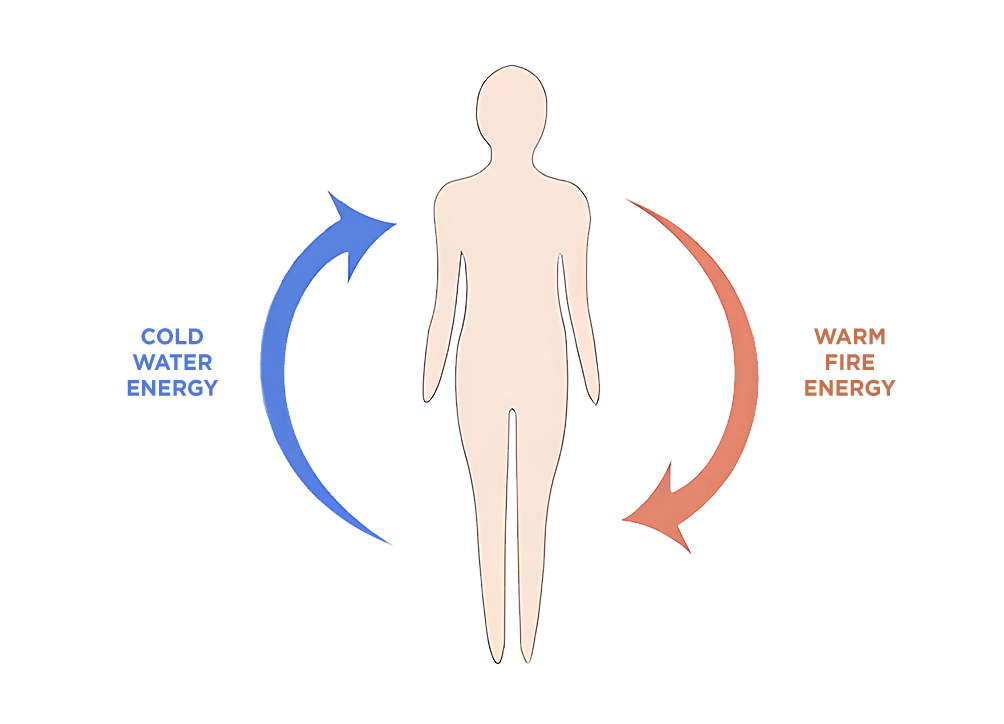

This harmonious interaction allows Qi to flow smoothly, contributing to overall health and well-being. If this flow is disrupted, the opposite phenomenon develops: heat stagnates in the head (leading to headaches, insomnia, and skin irritations) and cold water energy stagnates in the abdomen (resulting in digestive problems, poor circulation, and compromised skin health).
Products in the “Gong Jin Hyang Hydrating” line were designed to restore this balance by regulating excess heat, replenishing moisture levels, and promoting a healthy flow of energy.
In particular, all products in the “Gong Jin Hyang Hydrating” line contain “Gong Jin Solution™”, The History of Whoo’s signature ingredient, along with Vital-Lotus™, an exclusive ingredient that works to fortify the skin’s natural protective barrier, while simultaneously delivering essential hydration and soothing benefits. All ingredients included in the line have been processed using a Wetting method (습윤포제법) to enhance their hydrating properties and minimise oil content1. For more information on the role of processing methods in Traditional Korean Medicine, please refer to the guide on this website.
⬥ Vital-Lotus™
Vital-Lotus™ is an exclusive ingredient derived from extensive research into the properties of the lotus flower. This proprietary formula has been designed to provide skin barrier support, while simultaneously delivering essential hydration and soothing effects.
Vital-Lotus™ is composed of three main ingredients: Panthenol, Lotus Flower extracts (a blend of extracts derived from the leaves, petals, and green seed embryo of the lotus flower) and Allantoin.
![The History of Whoo - Gong Jin Hyang Soo [Vital Lotus]](https://themonodist.com/wp-content/uploads/2024/06/Vital-Lotus-1.jpg)
Vital-Lotus™ appears in ingredient lists as:
Allantoin, Butylene Glycol, Ferulic Acid, Nelumbium Speciosum Flower Extract, Nelumbo Nucifera Germ Extract, Nelumbo Nucifera Leaf Extract, Panthenol, Water.
⬥ Gong Jin Solution™
All products from The History of Whoo incorporate “Gong Jin Solution™” (공진솔루션™), a proprietary herbal complex that constitutes the brand’s signature ingredient. This complex represents an evolution of “Gongjinbidan” (공진비단, 供辰秘丹), which was previously the representative ingredient of the brand.
Gong Jin Solution™ was developed through The History of Whoo’s integrative medicine research. This development involved isolating and blending the brand’s former signature anti-aging ingredient Gongjinbidan with three of its key skin-firming active components, collectively referred to as “Gongjinbidan Active.” The components of Gongjinbidan Active include Glycoproteins, Arginine, and Glutamic Acid.
Gongjinbidan (공진비단, 供辰秘丹):
The History of Whoo’s “Gongjinbidan” is based on “Gongjindan” (공진단, 拱辰丹), a traditional Oriental medicine prescription originally created by Chinese physician Wei Yilin. According to the classical text or Oriental Medicine “Efficacious Remedies of the Physicians” (세의득효방, 世醫得效方), “Gongjindan” was a remedy exclusively reserved for emperors and for this reason, it earned the name of “Emperor’s Medicine”2.
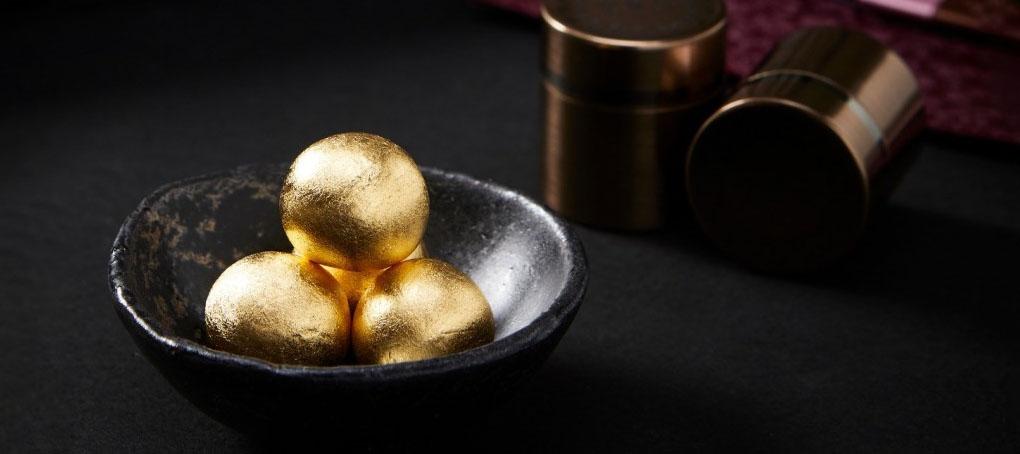
[source: 백록담한의원]
“Gongjindan” appears in many traditional medical texts from China and Korea and it’s described as a remedy that strengthens the body’s immune defences and brings back the natural balance between its organs.
The Donguibogam (the most representative text of Traditional Korean Medicine) describes “Gongjindan” as follows:
“If a man is sickly even after growing up, he is constitutionally weak. In such a case, body fluids should be increased but body heat should be cooled down. Other medicines are inefficacious against it, but this medicine is effective to harmonize internal organs with each other and to prevent various diseases.”
DONGUIBOGAM (1613)
To this day, “Gongjindan” is a vital tonic that is still commonly used in many Asian countries to combat chronic fatigue, weak constitution and deteriorated immunity.
Through the integration of modern science, LG Household & Health Care developed a cosmetic ingredient based on the original prescription for “Gongjindan”: “Gongjinbidan” (공진비단, 供辰秘丹).
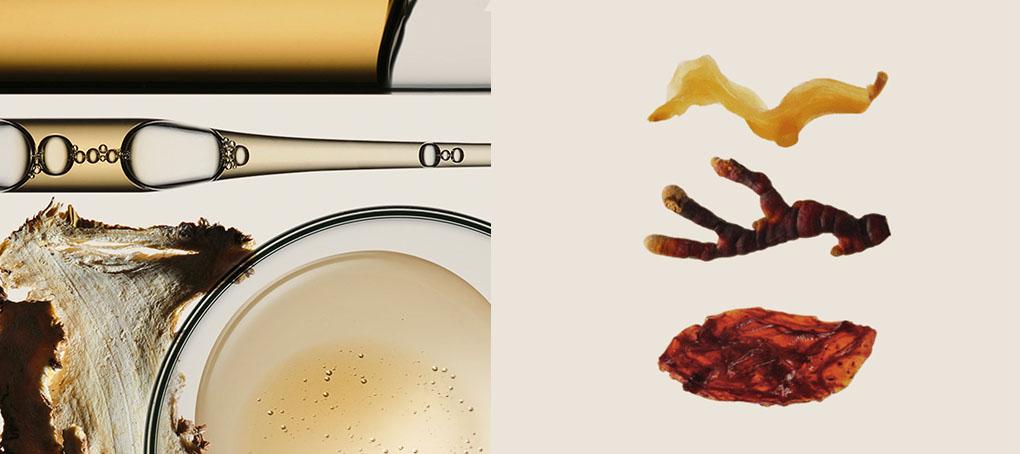
Active Tracking Technology:
At the heart of the new “Gong Jin Solution™ is The History of Whoo’s Active Tracking Technology, an innovative Hanbang Bio-Po Jae technology that effectively delivers the skin-firming properties of Gongjinbidan to the skin.
The term Po Jae (포제, 炮制) refers to traditional methods in Korean medicine designed to prepare herbs for medicinal use. These techniques are designed to enhance or modify specific qualities of the herbs, tailoring them for targeted therapeutic effects. (For further details, please consult the guide on Traditional Korean Medicine available on this website, specifically section 3.3, which covers “Herb preparation and processing methods”).
The History of Whoo combined traditional Po Jae techniques with cutting-edge biotechnology to enhance the skin-firming properties of their classic ingredient, Gongjinbidan. This combination results in improved skin firmness and a more youthful appearance, providing a skincare experience that harmoniously integrates ancient wisdom with modern technology.
Key Ingredients of Gong Jin Solution™
The History of Whoo’s new “Gong Jin Solution™ appears in ingredient lists as:
1,2-Hexanediol, Angelica Gigas Root Extract, Arginine, Asparagus Cochinchinensis Root Extract, Butylene Glycol, Cornus Officinalis Fruit Extract, Ethylhexylglycerin, Ganoderma Lucidum (Mushroom) Extract, Glutamic Acid, Glycoproteins, Thymus Vulgaris (Thyme) Extract, Water
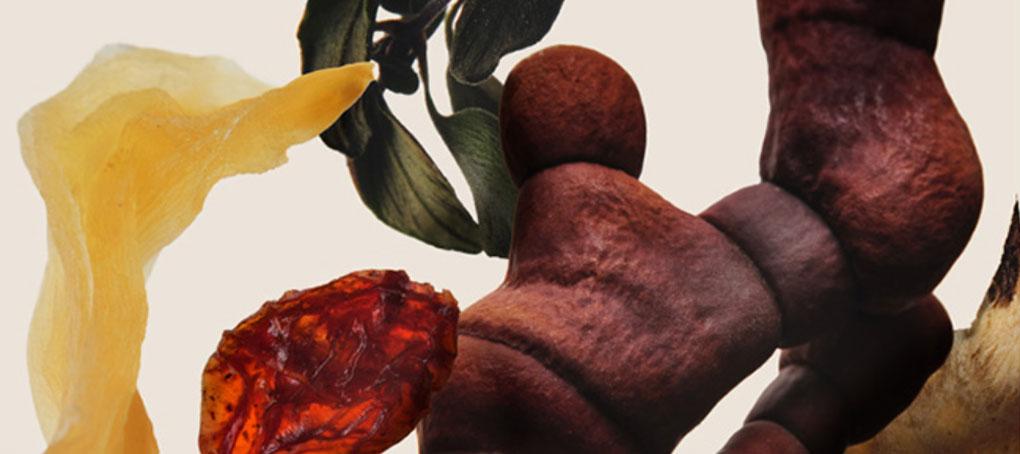
In particular, the ingredient includes with five traditional herbal remedies:
Overall, the ingredient promises to increase energy flow, while also rebalancing and reinvigorating skin to enhance the skin’s intrinsic energy and elasticity.
⬥ Moisture-Linking Technology
All products in the “Gong Jin Hyang Hydrating” line are formulated using The History of Whoo’s exclusive Moisture-Linking Technology. This innovative technology has been designed to fortify the skin’s natural protective barrier and enhance the skin’s ability to retain moisture by ensuring that the moisturising ingredients in the formulas bind more effectively to the skin.
By incorporating Moisture-Linking Technology, the “Gong Jin Hyang Hydrating” line promotes a clear, well-hydrated, and radiant complexion.
At the heart of the Moisture-Linking Technology are 3 distinct patented technologies:

Products
Click on a product to learn more about its features
⬥ Recommended order of use

Shop the Line
⬥ International retailers
⬥ South Korean retailers
Make sure to check out the Discount & Coupons page to access exclusive offers for major Korean skincare retailers.

Notes
1. 오주희, 신재석, 이성준, 이종철, 임준홍, 안은석, 홍시갑 and 홍준기. 2009, “한약재 포제 가공의 현대적 연구 현황”, Journal of Pharmaceutical Investigation, vol.39, no.4 pp.275-297.
2. 김은진. (2003). “나도 한번쯤 써보고 싶다! 피부 보약, 한방 화장품.” 레이디경향.
3. 나누리. (2023, February). 천문동[天門冬]의 효능과 섭취방법 알아보기. 나누리 블로그.

